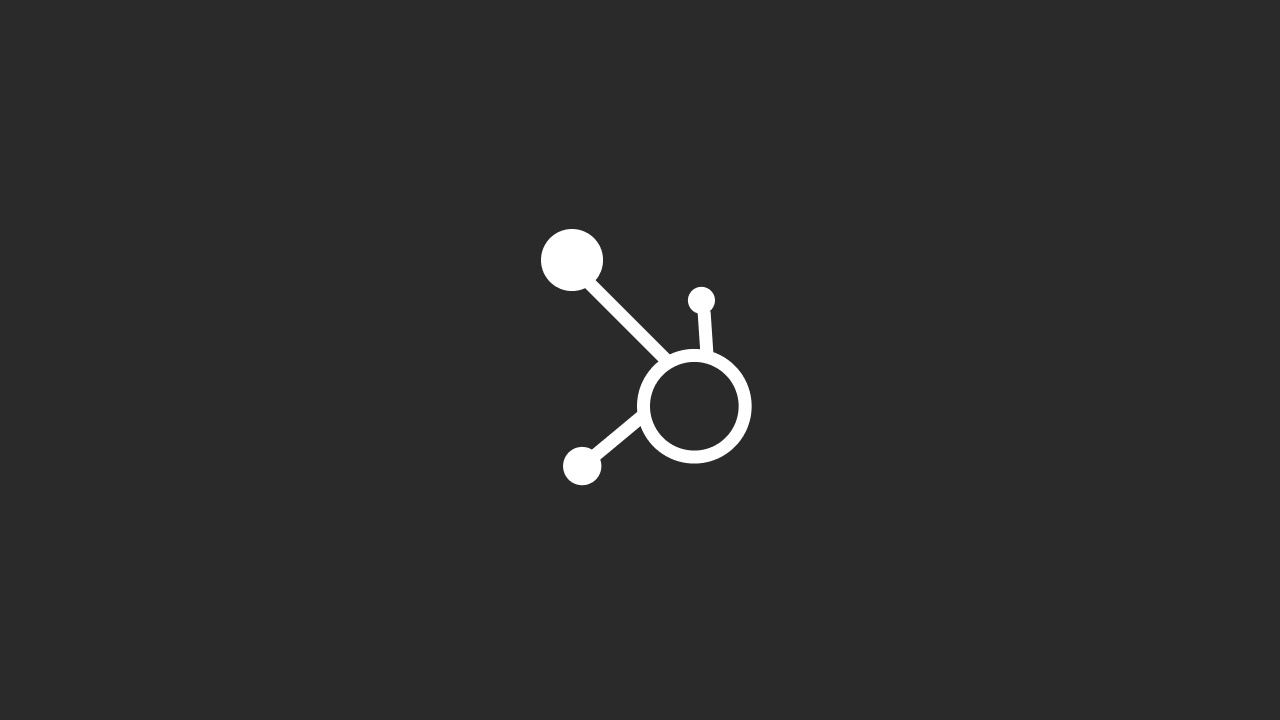Identify Duplicate Content: Start by identifying pages with similar or identical content that could be seen as duplicate by search engines.
Choose a Preferred URL: Decide which version of the content you want search engines to consider as the primary (canonical) page. This version will appear in search results.
Use the <link rel="canonical"> Tag: Add a <link rel="canonical"> tag in the <head> section of the HTML of the duplicate pages. This tag should point to the URL of the chosen canonical page. For example: <link rel="canonical" href="https://www.example.com/preferred-url-page/" />.
Ensure Consistency: The canonical URL should be accessible and match exactly. It should be used consistently across your site.
Update Sitemaps: Include only the canonical URLs in your XML sitemaps. This reinforces which URLs you consider to be canonical.
Use 301 Redirects for Redirect Chains: If there are redirect chains or non-canonical URLs that are frequently accessed, consider using 301 redirects to direct traffic and link equity directly to the canonical URL.
Monitor and Update: Regularly check the implementation of canonical tags, especially after major site updates or migrations. Use tools like Google Search Console to monitor how search engines are interpreting these tags.
By properly setting canonical URLs, you help search engines understand which content is primary, preserving your site's SEO ranking and preventing issues with duplicate content.




